Several muscle groups should be exercised. Some would say that all muscles should be equally developed, but that is hard to achieve and usually leads to professional bodybuilding, which takes a lot of time, a certain amount of money, and a lot of dedication. This is something most people are simply not willing to sacrifice, especially the money part.
Muscle Groups
Several muscle groups usually exercised and developed through physical activity are the pectoral area, arms, abdominal muscles, and legs (usually quads). As for pectoral muscle exercise, two things work best and they are push-ups for those who do not use additional weight, and bench press for those who prefer barbells.
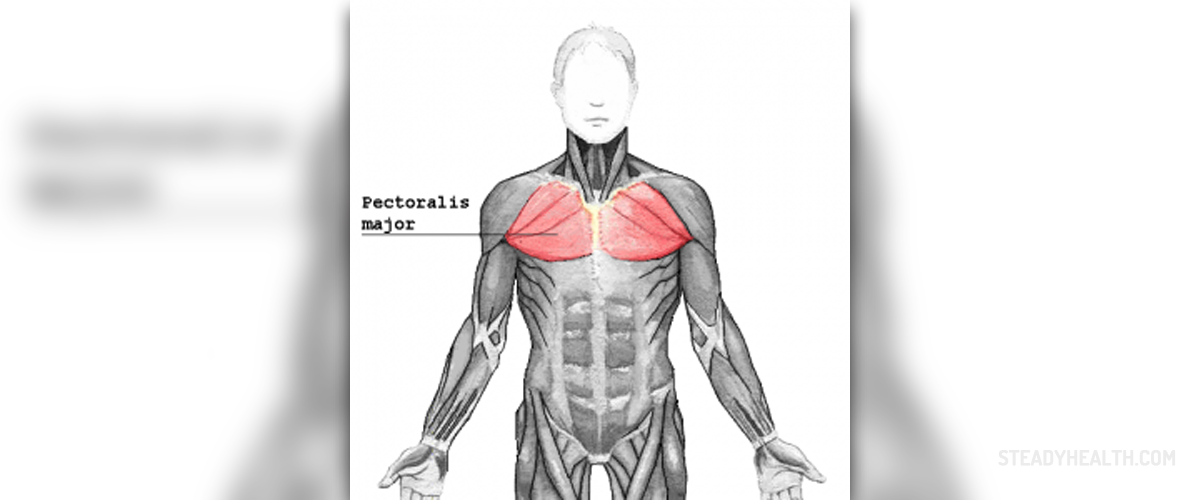
Push-Ups
This is a great exercise that should be implemented in all training sessions, with or without additional weight. There is a weight of the body lifted in this exercise, so as the body is heavier, muscles are growing more. Push-ups should be done in several different ways.
Difference is created by changing the position of hands on the floor, alleviating the level of leg position, clapping hands while going up, using one hand only, etc. One of the most difficult push-ups is the one done in reverse stand-up. Those who cannot do it properly should do it next to a wall so their feet can lean on it.
Bench Press
This is the ultimate exercise when it comes to developing pectoral muscles. All you need is a bench, a barbell, and sometimes, help from a friend, especially if a lot of weight is lifted. This exercise can also be performed in several different ways.
If hands are grabbing the barbell close to one another, arms are a bit more focused (especially triceps). The torso part of the bench can be elevated and that also changes how muscles contract. Weight should be increased each time a practitioner feels that weight lifted is not so strenuous, which is the basic principle of building muscle mass.
- First, subjects were tested for their one repetition maximum bench press strength (1RMBP) using a Smith machine. At a later date, subjects performed bench throws using the Smith machine with several different loads ranging from 30.0 kg to 90% of 1RMBP.
- Barbell positions were measured by a linear position transducer, and bench throw power was calculated using a dynamic equation.
- Three trials were performed for each load. In all the trials, the maximal peak power was adopted as bench throw peak power (PPBT). The 1RMBP was significantly correlated with MCSAMAx. Similarly, the correlation coefficient between MV and PPBT was significant. In contrast to the y-intercept of the MV-PPBT regression line, that of the MCSAMAx-1RMBP regression line was not significantly different from 0.
- These results suggested that, although the dependence on pectoralis major muscle size is slightly different between bench press strength and bench throw power, the pectoralis major muscle size has a significant impact on bench press and throw performances.
When it comes to the strategy used while building pectoral muscles or any other, there are two theories. One says that the entire training session should be done without one minute of pause, as fast as possible. This will create constant tension and contraction in muscles, which should be excellent for muscle mass building.
Another theory says that some short pauses can do only good because muscles will be prepared for the next strenuous exercise.


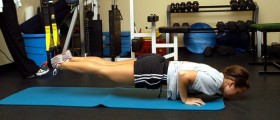




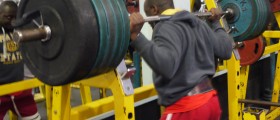
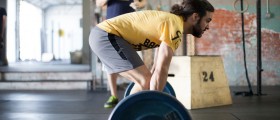
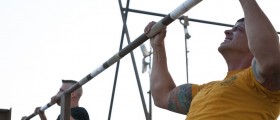
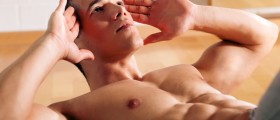
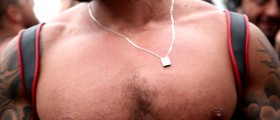
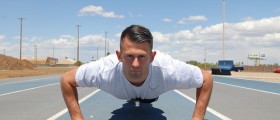

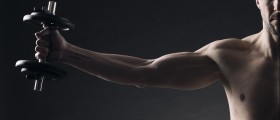
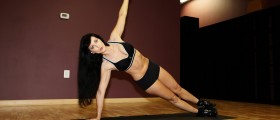
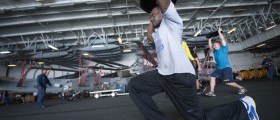
Your thoughts on this
Loading...